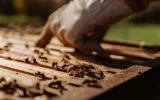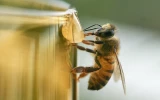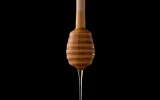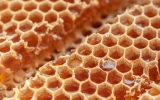How To Store Honey Frames Until Extraction
Are you a busy beekeeper struggling to find time to extract honey from your frames? Storing honey supers may not be ideal, but sometimes it's necessary. We can teach you how to correctly store your honey frames so they remain clean and fresh until extraction. In this article, you'll find tips to ensure the highest quality honey and happy bees.
Freeze the honey frames until extraction, or leave them in the hive where the bees will take care of them. Outside the freezer, store them for 2–3 days in a clean and dry area. Wrap them in a scent-free garbage bag to avoid making a mess and to keep out the bees and other insects.
If you store the honey frames in the hive with the bees, you expose the honey to pests and other issues that could compromise its quality. If you store them in the freezer, will the honey crystallize? Let's find out.
Summary
- Freezing honey frames until extraction is the best way to store them.
- To avoid condensation, it's best to wrap honey frames with plastic before freezing them.
- If you opt out of the freezer, you may store honey frames in a plastic tote placed in cool and dry areas with proper ventilation and free from pests.
- Make sure the honey frames are kept in a location that is far from any known pest hotspots, such as ants and bugs.
- You need to be concerned about crystallization and pests getting into your honey frames.
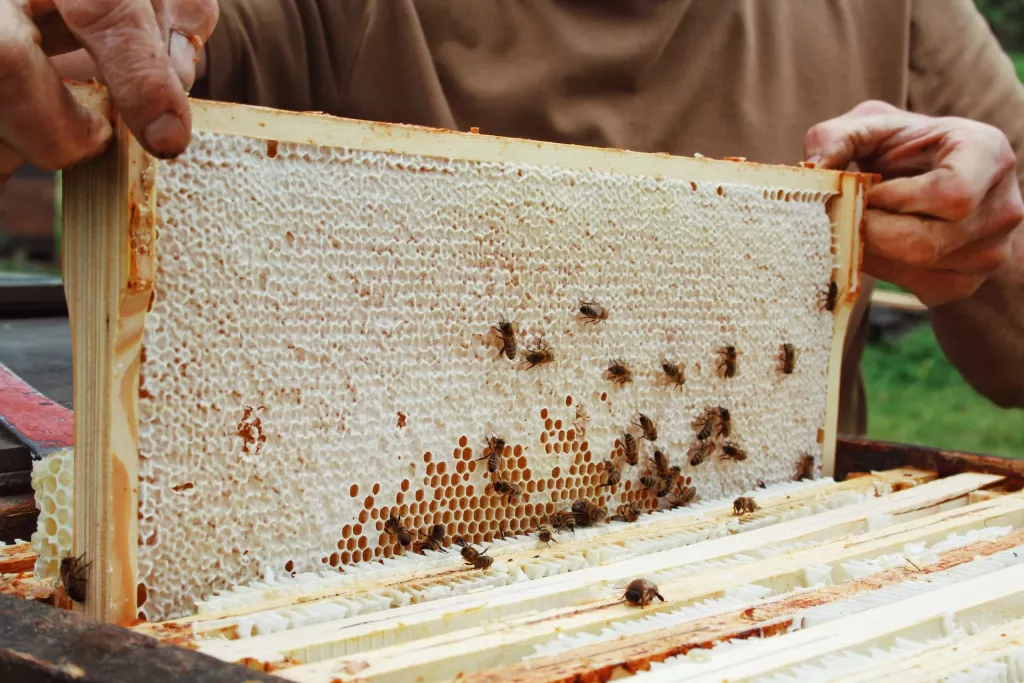
On this page:
You Can Store Honey Frames in the Freezer
The most secure method of storage is freezing. You can freeze honey frames for any amount of time. Freeze the honey frames for at least two days if pests are a concern for you before removing them for extraction.
Just until you're ready to extract your honey frames, keep them in the freezer. Before being processed, give them two days of thawing on the kitchen table.
Freezing kills any insects, bugs, or pests that might be present on the honey frames. Water expands when it freezes, and so freezing causes pests to perish. The eggs and larvae are killed when the individual cells break as a result of the water expanding inside them.
Since honey has a very low water content, the honey cells retain their size, protecting the honeycomb from breakage. The crystallization process is essentially stopped by freezing the honey frames for storage for at least 48 hours.
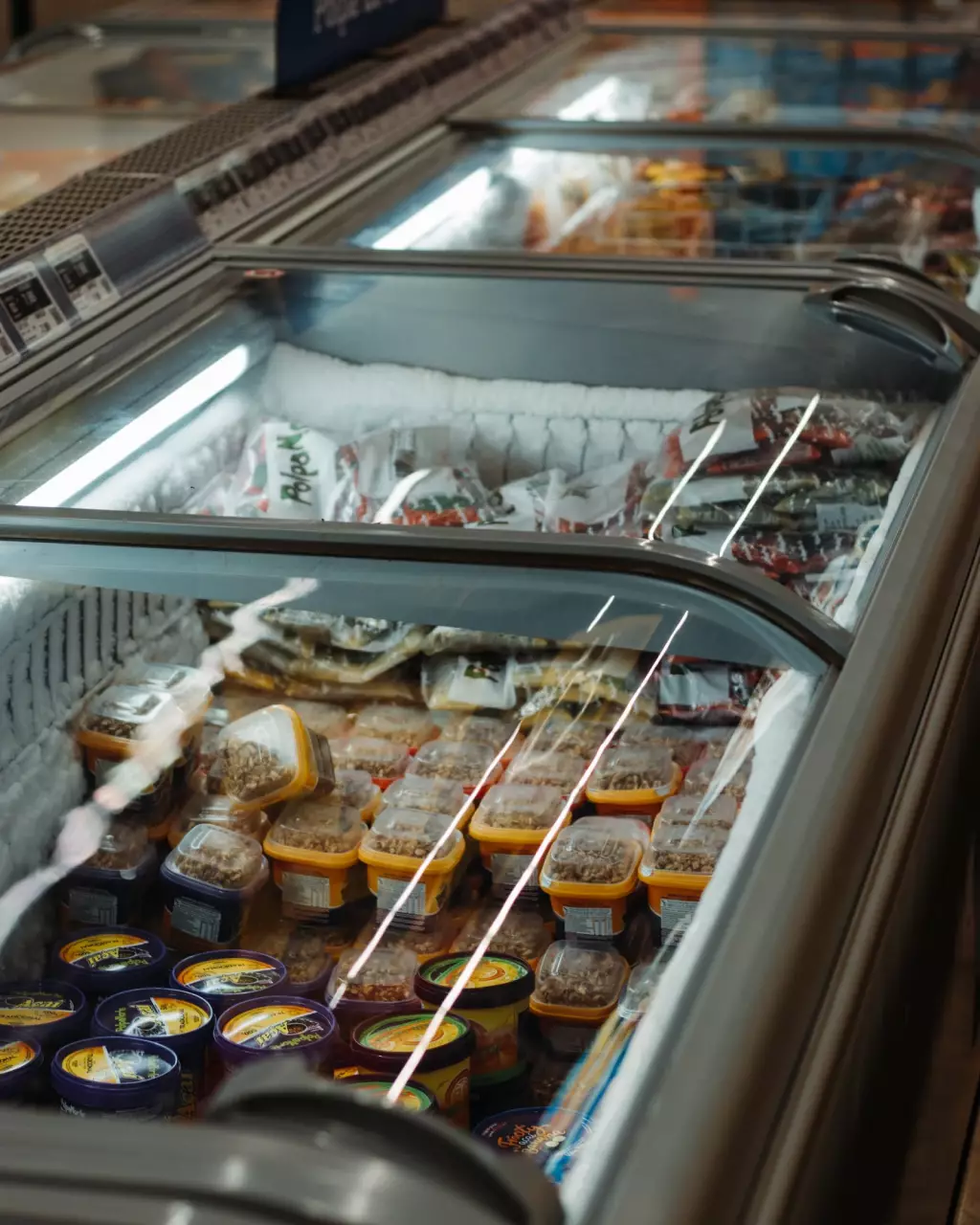
Wrap honey frames in plastic before freezing them to keep moisture from contaminating the honey. This guarantees that the condensation will form on the plastic's exterior rather than on the honey itself. The plastic bag is intended to block the condensation that will develop on the honey when you thaw the frames at room temperature. You can take off the wrap and store the honey frames in a cool, dry area after the condensation has evaporated.
In order to preserve the integrity of the honey, avoid frequently opening and closing the freezer once your supers are inside.
You might not need to freeze if you haven't encountered a beetle or wax moth infestation, but it's usually advised as a safety measure. The short growth cycle of these pests means that you must freeze the frames quickly after removing them from the hive. Eggs develop quickly into larvae, then into adults.
The likelihood of wax moths would be reduced in a cold basement, but you should still keep an eye on them. As long as there are no eggs or larvae already present, wrapping them in a plastic bag is fine.
If there isn't any dark comb or pollen in the honey frame, your chances of incurring damage from hive beetles or wax moths are probably not very high. You would notice tiny larvae in 3 to 4 days if there was going to be hive beetle damage.
You Can Store Honey Frames in Plastic Tote
Get a scent-free and pesticide-free plastic bag to wrap your honey frames. This bag is intended to keep out the bees and other insects, and contain the honey to avoid a mess when it leaks. Place the frames inside the plastic tote. Make sure the tote is big enough to hold the frames you intend to put inside.
If you don't have enough freezer space, store honey frames in a dry area. Mold and germs can quickly form on the honey frames if there is too much moisture in the air. The honey could start to ferment if the humidity is very high. Moisture can still enter capped honey, and your frames may start to ferment if you store them for an extended period of time in a high humidity area.
A pest-free, cool, dry location with adequate ventilation makes for the ideal storage setting. As long as there aren't significant temperature swings that could lead to condensation, a garage or basement could be used for storage.
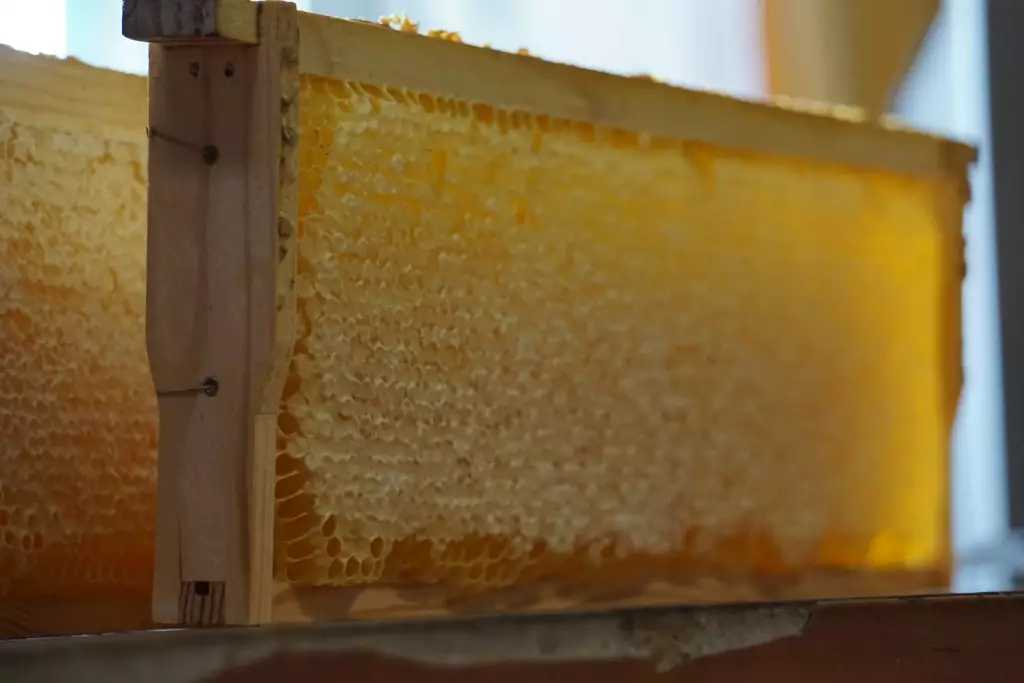
Depending on your location, you can store honey frames in your dining room for weeks or months. Stack your supers, put window screen on the top one, put a box on it, and then add window screen to the bottom board.
You might not want to do that if you are in an area where there will be pest issues. If you pull the supers before you want to extract, your honey may contain maggots. You can freeze them, but you must warm them up for two days before extracting.
How Long Can You Store Honey Before Extracting?
The temperature of your freezer and the quantity of frames you add at once determine how long you need to freeze the honey frames. Simply put, items freeze faster in a freezer that is colder, but when many warm honey frames are added at once, everything takes longer to freeze.
The type of honey also plays the biggest role in this. In England, honey typically crystallizes after a few months, making it quite challenging to extract. It is not really worth the trouble to melt the wax and then separate it.
Some varieties of honey, such as oil seed rape and ivy, crystallize within a few days of capping. However, if the honey is stored in the hive, crystallization tends to take a little longer. If you plan to pull out frames of these types of honey, be sure to have the time to execute the extraction immediately.
Heather is one of the varieties that crystallizes for many months or perhaps years. However, unlike other honey, heather and manuka are never liquid. Even when they are fresh, their jelly-like consistency makes them difficult to extract without the right tools. But they do deliver excellent comb honey.
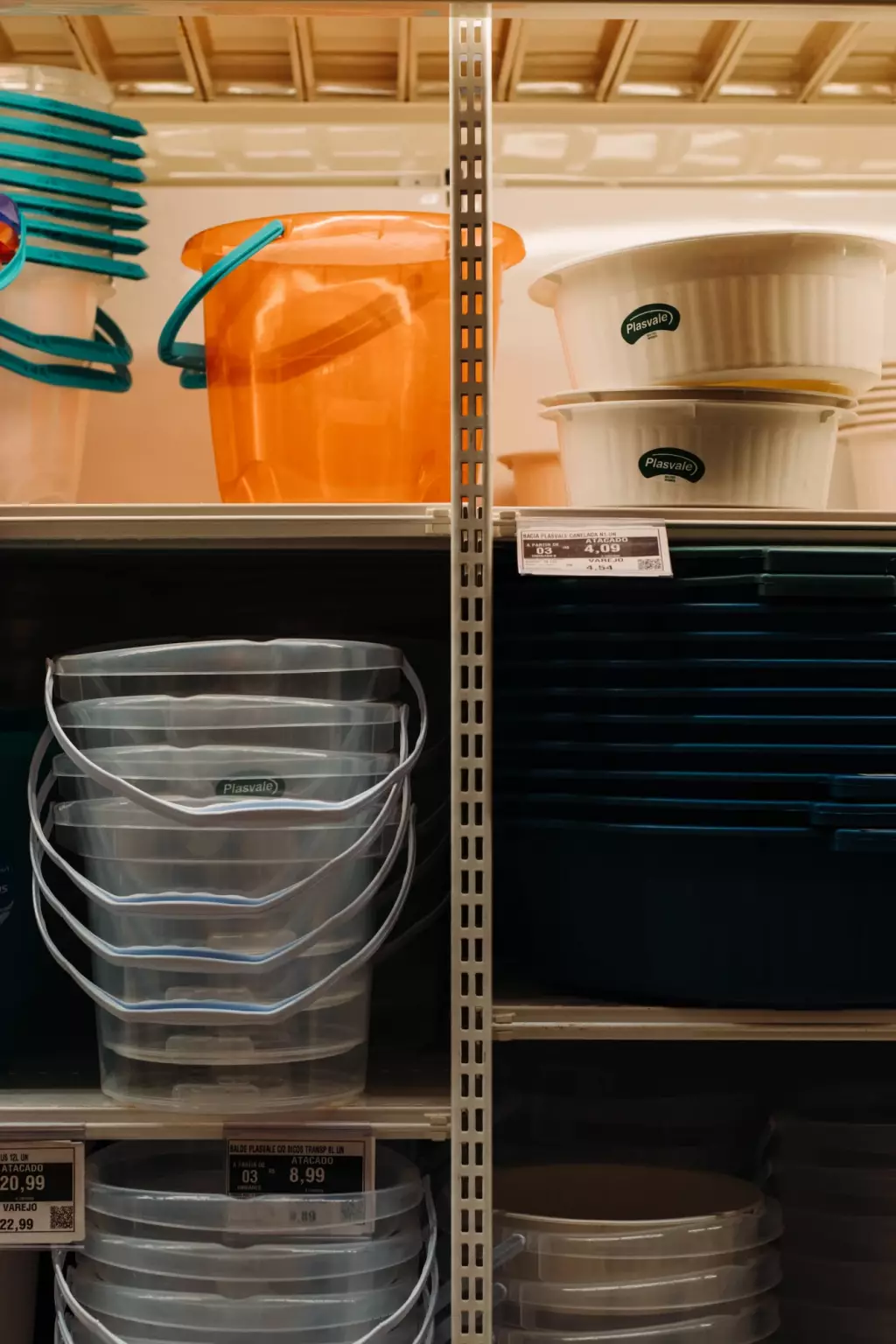
You can store honey frames for about 2 to 3 days at a maximum outside the freezer. If the honey crystallizes quickly, you might as well just return it to the bees since you won't be able to extract it.
If there is any brood or pollen in the frames, leave it for around two days. If they are only honey frames, you can store them as long as you want. Be sure to keep them tightly sealed up with plastic wrap, and they will stay fine for years in your freezer.
You'll know when your honey is ready for extraction when 80 to 90% of it is in capped frames. Pull a frame from the hive, shake or brush the bees off, place it in the bag, and quickly close the cover.
To check for uncapped cells, do the shake test. Hold the frame flat, halfway down the end bars, and shake it vigorously a few times. If no honey is released, the frame is suitable for extraction. This should be done somewhere you wouldn't mind some honey getting in. You can do it properly in the bee yard over the hive. Any that fail the shake test are set out with the wet supers to be dried out together at the end of the season.
The capped and uncapped honey cells must not be stored together. This is because uncapped honey may end up leaking, which would encourage the growth of mold. The uncapped honey will ultimately be compromised by the mold.
Prior to placing the honey frames in the extractor, make sure you leave them out and give them time to warm up. Cold frames have a hard time letting go of their honey supplies.
